As a customer, you know when you’ve had an iffy interaction with a brand. It often feels like the brand doesn’t know you, or worse, they don’t care if they don’t know you. These bad experiences feel impersonal, cringey, and frustrating. And, unfortunately, your brand might still be creating them for your customers.
As brands fight tooth and nail to stay competitive in today’s cutthroat market, they’re overlooking their knowledge gaps on customers, causing critical blindspots on their end. In fact, 1 in 3 shoppers will stop doing business with a brand they love after a single bad experience.
Brands aren’t:
- Recognizing customer behavior
- Sending timely, relevant messages and reminders
- Personalizing when it matters most
How do we know? We asked customers and eCommerce experts at Ascendant Loyalty, Loop Returns, Re:amaze, and Tomorrow directly. In our recent State of Customer Loyalty & Retention Survey, customers aired their grievances on their post-purchase problems. Today’s consumer is drawing the line on irrelevance, generalized experiences, and too many impersonal messages. And churn is only the beginning of unhappy customers’ actions.
When customers have a bad post-purchase, they will stop doing business with your brand and:
- 51% will tell their friends
- 40% will unsubscribe from all brand communications: email, SMS, etc.
- 34% will write negative reviews
So, what do these bad post-purchase experiences look like?
The 6 bad post-purchase experiences in question
According to customers and eCommerce experts, here are the post-purchase experiences to avoid. How does your brand stack up?
1. Recommending irrelevant or inappropriate products to customers as a cross-sell or upsell strategy
When recommending a product to customers, it has to be relevant. All too often, brands are unable to access a 360-degree view of their customers, making it difficult to offer customers recommendations that resonate. Brands are sending product recommendations that don’t feel natural, and in effect, making shoppers feel like cash cows rather than valued customers. “Personalized recommendations can make your shoppers feel seen, appreciated, and well taken care of—and can help drive your sales. Recommending the wrong product can feel like more than just a misstep, as shoppers might feel overlooked or not appreciated,” says JP Arnaud-Marquez, Manager of Content Marketing at Loop Returns.
The solution:
Ditch dissonance within the shopper experience. With the right AI engine, you can leverage real customer data like past customer reviews, general sentiment, loyalty program status, past engagements, and more to create predictive campaigns that convert.
AI-powered product recommendations can radically reshape how your customers shop and how you target them. Similar to Netflix’s “Top Picks” or Amazon’s “Based on items you viewed” category, enhanced cross-sell flows use built-in AI algorithms to recommend products shoppers are most likely to buy next. By using these highly relevant suggestions, you can effectively bring customers back to your store.
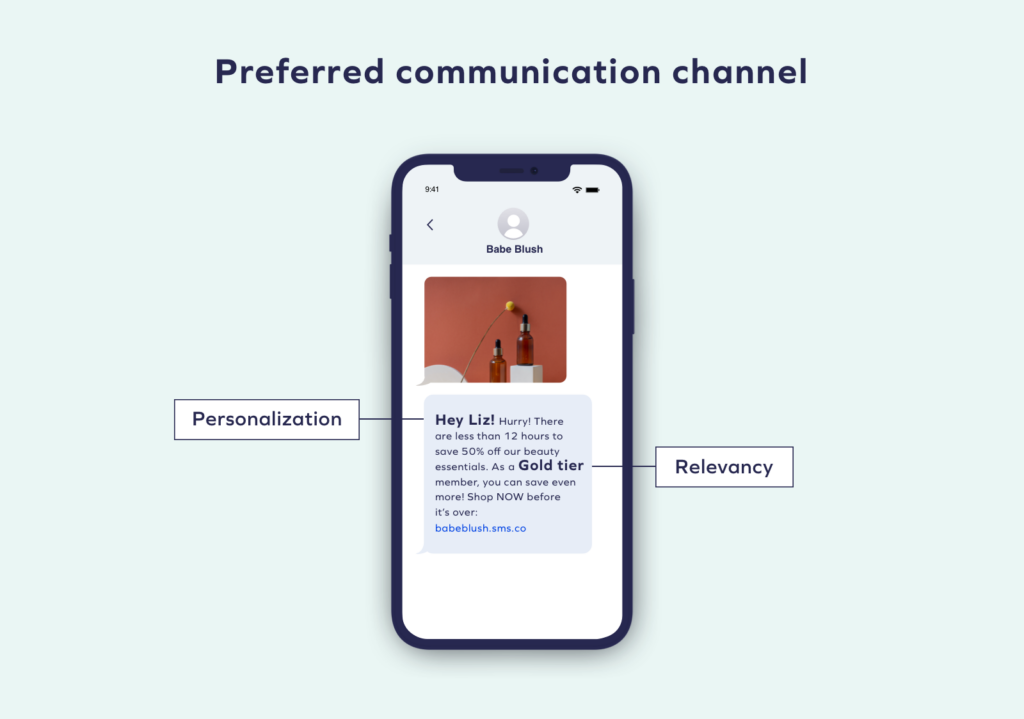
“Be sure to make cross-sell recommendations based on returns data or other reliable shopper data in addition to relying on AI predictions. By cross-checking both sets of data before recommending products to your shoppers, you’ll make a stronger impression and drive your customers to want to shop with you again,” says Arnaud-Marquez.
2. Not allowing customers to easily manage their subscriptions
Customers easily get fatigued with subscriptions purchases if they have no flexibility or control over their accounts. A subscriber should be able to manage their product choice, purchase frequency, and renewals without any hassle. Otherwise, brands are putting themselves at risk for cancellations, and ultimately, losing out on CLTV. Can you imagine how irked you’d feel if you couldn’t adjust your subscription in just a few clicks?
The solution:
Make subscription management customer-led and easily accessible. Send subscribers management notifications via text, especially when renewal periods are approaching. With their mobile device, a customer can seamlessly update their subscription preferences. In that same vein, keep subscribers happy with an easy-to-use customer portal and a passwordless login that allows them to manage their subscriptions in minutes.
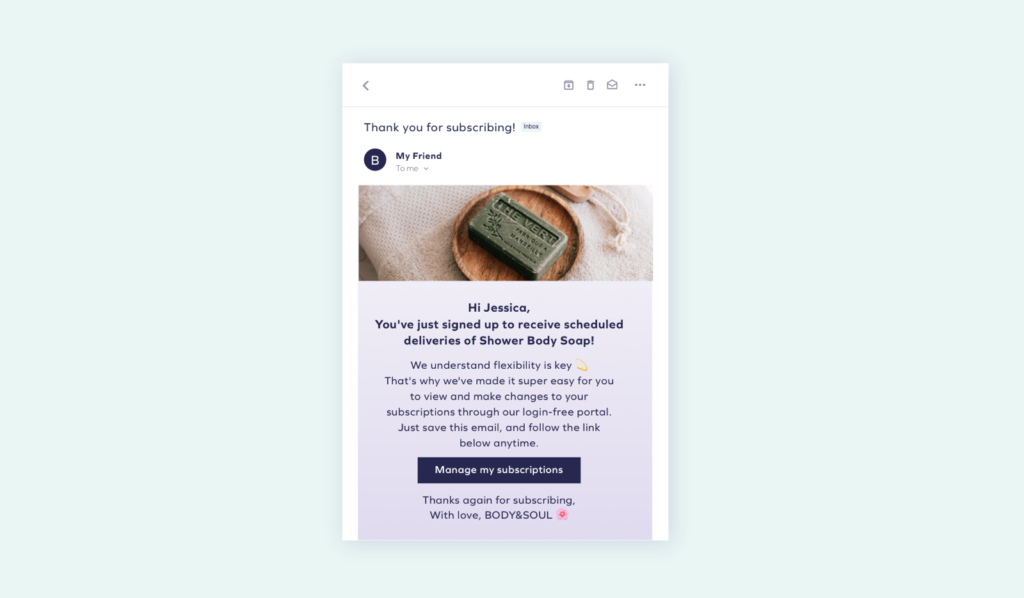
3. Not making customers aware of their loyalty status and point expiration
Picture this: A customer has earned 500 points on their recent purchase with your brand, but she wasn’t told about her point balance…or her point expiration date. Without proper updates, customers can’t reap the rewards of their loyalty membership — a major reason many customers do business with a brand. When asked what would make them continue to purchase from a brand, 53.8% of global customers said a loyalty program.
Not only does the brand lose out on a repeat purchase but also loses a high-value shopper. According to Accenture research, 57% of consumers spend more on brands to which they are loyal.
The solution:
Brands need to regularly notify their loyalty members of critical updates on their account status, like point expiration and VIP tier change. The most intuitive channels for updates are SMS and email.
“The top complaint from loyalty members? You know me and you aren’t showing me that you know me. The failure of programs to not support in-depth analytics coupled with strategic insight to then inform true personalization is shocking,” says David Slavick, Co-Founder & Partner at Ascendant Loyalty.
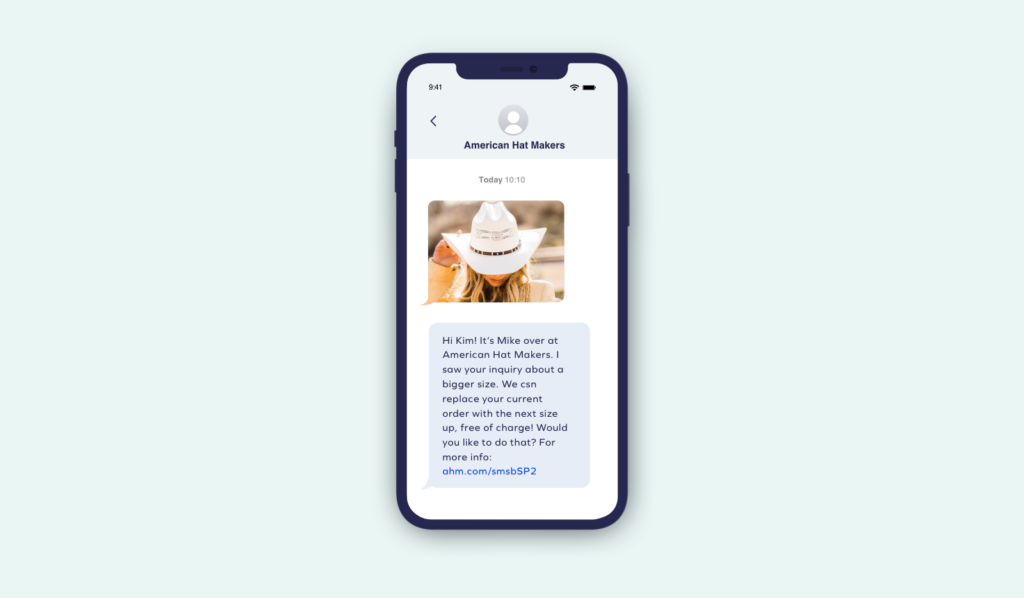
Over 55% of consumers say they prefer SMS to other marketing channels because it’s immediate, convenient, and allows them to quickly get updates, making their phones the perfect place to contact them with time-sensitive information like an upcoming point expiration. Let your customers know how many points they have and create a sense of urgency by sharing the exact date of expiration to encourage them to act fast.

4. Not recognizing loyalty members at critical moments
Whether you’re promoting an exclusive product drop or responding to a customer complaint, your loyalty members’ VIP status deserves recognition. “Failing to recognize a customer’s loyalty status in your communications, especially when there is an issue, tells them their loyalty isn’t valued and gives them little reason to continue to be a customer,” says Aniza Valenzuela, Marketing Manager at Re:amaze.
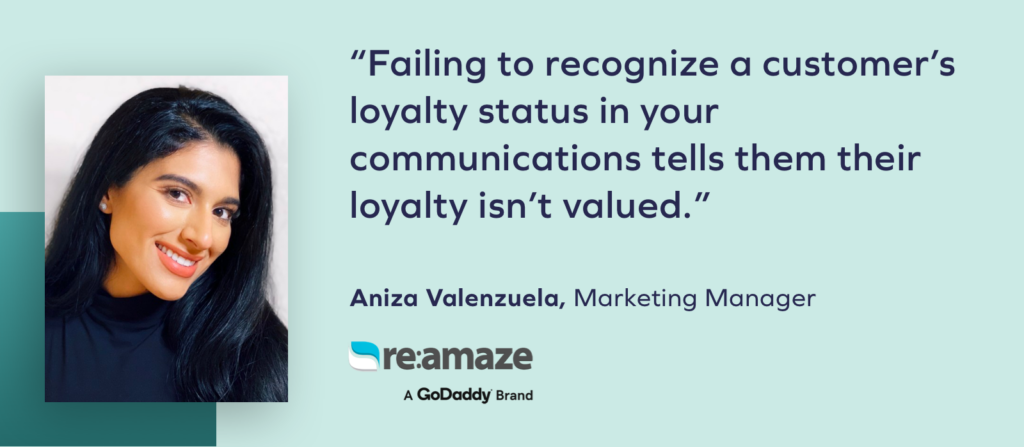
These are your highest-value shoppers. Treat them accordingly.
The solution:
Ensure you’re communications are backed by holistic customer profiles. Disparate customer data only creates disparate customer experiences. This is especially true when sharing customer data within your customer service solution.
By connecting loyalty experiences and customer help desk solutions, you can:
- Act on customer data quickly
- Treat shoppers as a person rather than a segment
- Maintain an on-brand, hyper-personalized experience throughout customers’ shopping experience
“Brands should take every opportunity to show their appreciation by offering customers special discounts, referral codes, early access to sales or new product launches, or simply acknowledging their ongoing support of your business during conversations,” says Valenzuela.
5. Sending inappropriate messages post-customer review
Additionally, brands aren’t realizing they’re sending unseemly messages to their shoppers. Gasp! If a customer just left a 1-star review and complains about a brand’s product quality, they don’t want to be sent a promotional email about that same product. How obtuse!
However, these inappropriate messages can also impact happy customers. For example, if a customer left a positive review, brands should reach out accordingly. A customer who recently left a 5-star review is a prime candidate for a loyalty program or subscriptions program invitation. Or, you can reach out and offer the customer perks in exchange for a referral.
The solution:
Data siloes are so last year. Brands must see their customers from every direction, on every channel. Your SMS marketing communication must speak to your loyalty program which then informs your customer service solution. Your tech stack has to work in harmony in order to create customer experiences that resonate.
6. Only sending messages related to sales and promos
“Constantly bombarding customers with sales and promotional messages can lead to message fatigue, decreased engagement, and reduced loyalty,” says Jennifer Karlson, Strategy Director at Tomorrow. With price sensitivity on the rise, it’s easy to only engage customers about ongoing sales. “But, “relying on sales and promotions to drive customer engagement can attract customers who are only motivated by discounts,” adds Karlson.
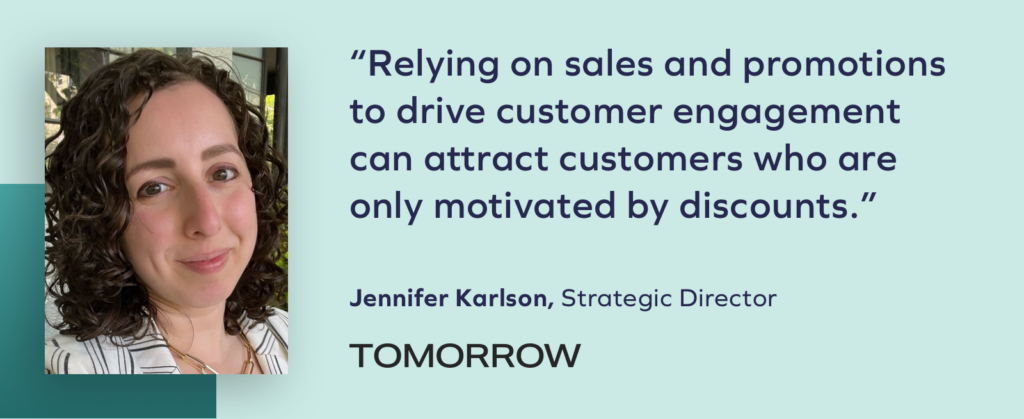
The solution:
Give shoppers the information they want, backed by their interests, product preferences, and holistic customer profiles. When asked how they’d like a brand to engage between purchases, customers answered as follows:
- Sales and discount information: 57.5% of respondents
- Reward status updates: 45% of respondents
- New product launch information: 35% of respondents
- Product recommendations: 33% of respondents
Are you ready to make bad-post purchase experiences a thing of the past? Let’s chat.
Post-purchase experiences FAQs
Why are post-purchase experiences important?
Post-purchase experiences are essential because they directly impact customer satisfaction, loyalty, and retention. A bad post-purchase experience can lead to negative feelings, frustration, and dissatisfaction with the brand. Customers expect brands to recognize their behavior, send relevant and timely messages, and personalize their interactions. Failing to meet these expectations can lead to customers discontinuing their business with the brand after just one bad experience. Positive post-purchase experiences, on the other hand, foster loyalty, encourage repeat business, and can lead to positive word-of-mouth referrals.
What is an example of a positive post-purchase experience?
An example of a positive post-purchase experience is a “Thank You” email that a customer receives after making a purchase. Brands can use it to express gratitude for the purchase, to confirm the order details and shipping address, to provide an estimated delivery time or tracking information, to invite the customer to contact customer support if they have any questions or issues, or to encourage the customer to provide feedback or leave a review about the purchased products.
How to provide personalized post-purchase customer experiences?
To personalize the post-purchase customer experience, brands can leverage customer data, use advanced segmentation techniques, utilize AI-powered product recommendations, send timely post-purchase emails and text messages, recognize and reward loyal customers.














 Join a free demo, personalized to fit your needs
Join a free demo, personalized to fit your needs